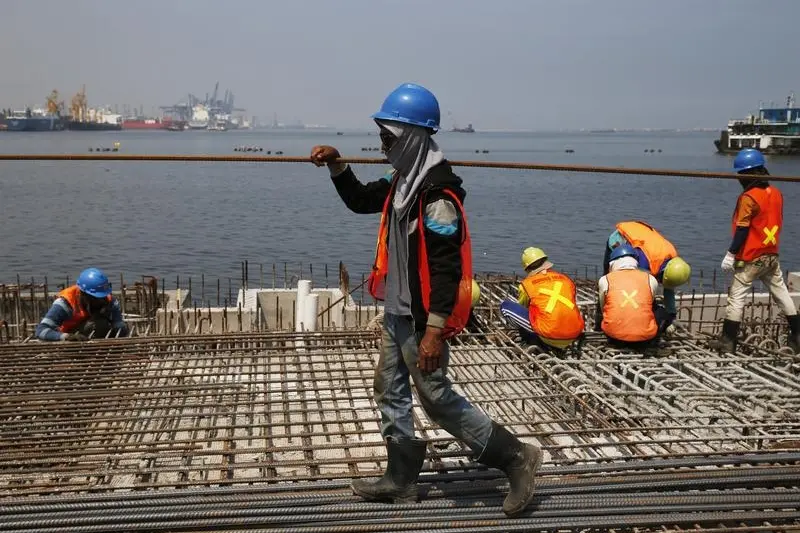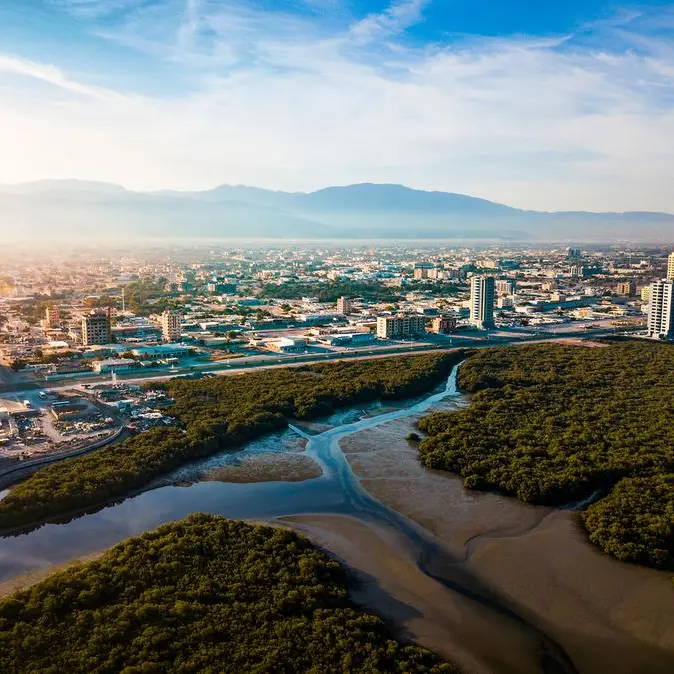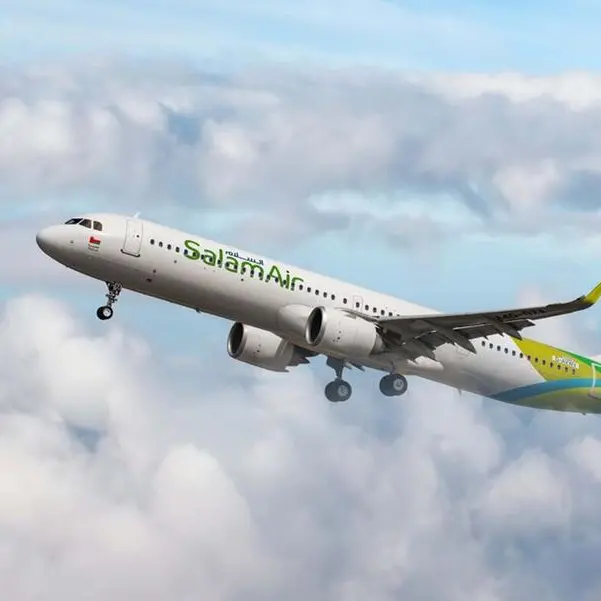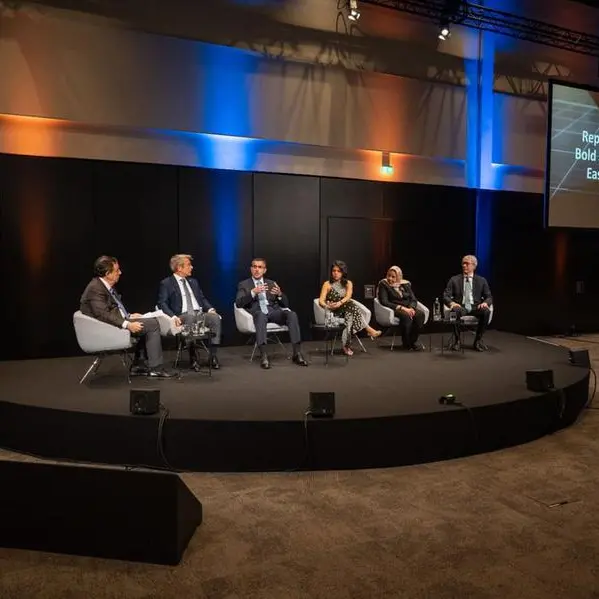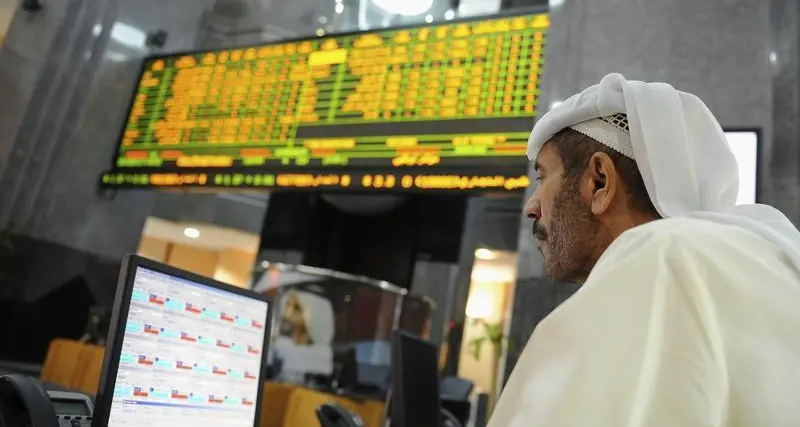PHOTO
As part of the kingdom's broader economic development strategy, Morocco is pushing ahead with efforts to dramatically improve and expand its regional port infrastructure, building on the success of the Tanger-Med port and free zone.
Around 98% of Morocco's external trade currently takes place via ports - equivalent to more than 100m tonnes per year, according to local media reports, with maritime ties between the kingdom and its key trade partners continuing to expand.
In October French container shipping giant CMA CGM announced plans to launch five new shipping lines by the end of the year starting from Agadir and stopping at several other Moroccan ports, including Casablanca and Tangier, as well as a variety of European ports.
Regional port expansion projects under wayIn a bid to spur wider economic growth and keep pace with regional trade, the kingdom is investing substantially in its port infrastructure.
Speaking at the Port Finance International conference held in Casablanca in September, Aziz Rabbah, minister of infrastructure, outlined plans for the construction of five major new ports under the framework of the Stratégie Nationale Portuaire 2030, launched in late 2012 with a view to creating half a dozen maritime clusters to drive regional economic development.
The strategy, which includes upgrades of associated logistics and industrial hubs, seeks to build major new port facilities at Nador, Kenitra and Dakhla, as well as the commodity-focused ports in Safi and Jorf Lasfar, in part to help facilitate the development of existing industries and comparative advantages in the surrounding regions.
Port progressThe deepwater Nador West Med port, which is scheduled to come on-line in 2019 or 2020, will boast dedicated coal and hydrocarbons terminals, as well as a container terminal, and industrial and development zones.
Significant progress has been made on the project in recent months, with local media announcing in September that the African Development Bank had provided Morocco with a Dh1.2bn (€109.6m) loan - nearly 10% of the port's total cost - to finance infrastructure construction under the first phase of the project.
Other major backers of the port's initial phase include the European Bank for Reconstruction and Development (€200m) and the Arab Fund for Economic and Social Development (€175m). The remaining Dh4.6bn (€420.2m) will come from the project's shareholders, namely the Moroccan government and several other state-backed institutions.
Additional port projects in the pipeline have also made progress in recent months, with the Dh8bn (€730.8m) Kenitra Atlantique port expected to open in 2019, in time to provide logistical support for the scheduled opening of the Peugeot-Citroën factory in 2020. In early October authorities announced a tender for a preliminary study on the construction and operation of the project, to be undertaken as a public-private partnership.
Energy focusConstruction of the new port at Safi is already under way, with local media reporting that the project was 22% complete as of late September.
While the project, which is being developed at a cost of around Dh4bn (€365.6m), will offer facilities for a range of cargo, including local agricultural and industrial products, as well as bulk and container shipments, initial operations will reportedly focus on phosphate exports. Given the port's proximity to some of the kingdom's main phosphate operations, authorities plan to develop an integrated industrial hub adjacent to the port.
Thanks to its location near facilities of the state-run phosphate company, Office Chérifien des Phosphates, and a 2000-MW power plant operated by Abu Dhabi's TAQA, the port at Jorf Lasfar is also playing a part in the kingdom's broader industrial and energy strategy. Being developed at an estimated cost of $4.6bn, the port at Jorf Lasfar is expected to come on-line in 2019 and see up to 7bn cu metres of liquefied natural gas imports by 2025, according to the Ministry of Energy.
In mid-September local media reported that the authorities were working to accelerate construction and had issued tenders for geotechnical studies on the project, which will include a $600m jetty and a $800m gas terminal.
Tanger-Med legacyThese projects come on the heels of the Tanger-Med port and free zone, which, since its inauguration in 2007, has greatly impacted industrial development in the surrounding area.
Construction on a second phase development began in 2010, led by a consortium of France's Bouygues Travaux Publics, Italy's Saipem, Belgium's Besix and Morocco's Somagec.
The second terminal, known as Tanger-Med II, will add 5.2m twenty-foot equivalent units (TEUs) of capacity per annum, expanding the port's total capacity to 8.2m TEUs when it becomes operational next year, according to local media.
© Oxford Business Group 2015
